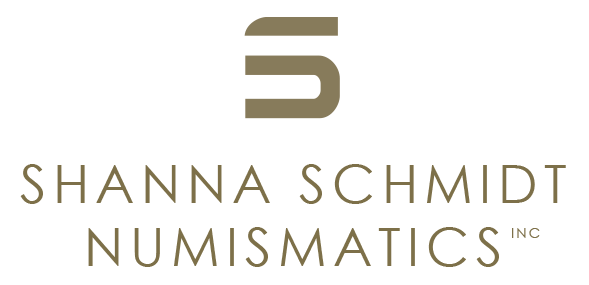Ionia, Phocaea. c. early 5th century BC
Ionia, Phocaea. c. early 5th century BC
AR Diobol, 1.30g (9.87mm, ).
Female head l., hair in saccos. / Quadripartite incuse square.
References: SNG von Aulock 1813. SNG Tubingen 3117. Klein 452. SNG Kayhan 522
Grade: Well struck with some minor wear and rough surfaces. Lovely archaic head of Athena. aEF
gk1966
Scroll down for more information about this coin.
Interestingly, the Greek word “obol” translates to “spit” and according to Plutarch, they were originally roasting spits or rods of copper/bronze that people traded by weight. A number of these have actually been unearthed during archeological excavations at Argos. This form of proto-money gave way to actual coins. While round coin obols were first minted in Aegina, by the 5th century BC, the denomination and its fractions were in use across wide swaths of the Greek world. Despite this widespread adoption, or perhaps because of it, the weight standards were dramatically different. For example, in Athens an obol would weigh only .72 grams (a diobol 1.4-1.44), while in Corinth it weighed .4 grams (a diobol .80).

